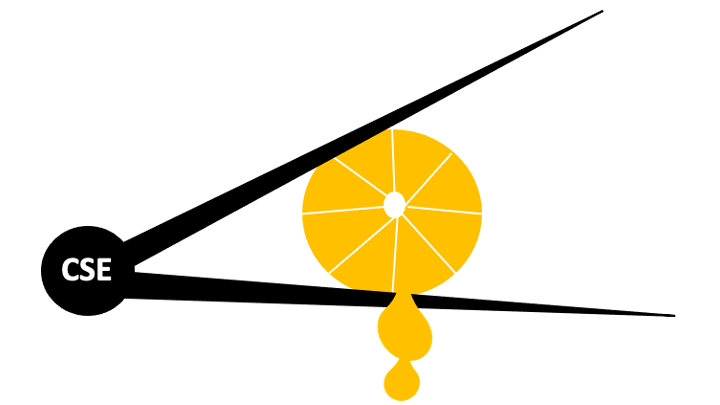
Unfortunately, we run into a variation of this question with every customer and every project. And sometimes, we also hear this from other disciplines who participate with us on design teams. There seems to be a general assumption that any time that a design team is not laying out interfaces (wire framing) or writing code is wasted time. There seems to be a general assumption that time invested to gain a deeper understanding of the nature of the work and to generate multiple hypotheses about alternative representations or innovative ways to employ new technologies is wasted. There is an implicit assumption that the customer can specify exactly what they need – they know the answers – they just need to have someone else write the code for them. Or if they are looking for innovation – customers believe it is possible to get instant solutions without any upfront investment in what Michael Schrage calls “Serious Play.”
Smart people think otherwise:
Give me six hours to chop down a tree and I will spend the first four sharpening the axe. Abraham Lincoln
If I had an hour to solve a problem, I’d spend 55 minutes thinking about the problem and five minutes thinking about solutions. Albert Einstein
I am not sure that the world is more complex today than ever before, but it is clear that advanced technologies have opened up possibilities for dealing with the complexities that have never before been available. And further, it seems clear that organizations who stick to old strategies (e.g., large inventory buffers, or hierarchical central command structures), who fail to take advantage of new possibilities and new strategies will not succeed in competition with organizations who do take advantage of them.
Today, an auto manufacturer that offers customers “any color they want as long as it’s black” will not be competitive. Today, a military organization that fails to leverage advanced communication networks and advanced approaches to command and control (e.g., mission command) will not be successful.
Today, the value of taking some time to sharpen the axe, or to understand the problem, before hacking away at the tree with a dull axe or before building a solution to the wrong problem should be more apparent than ever. Today, the value of design teams that include a diverse collection of perspectives should be more apparent than ever. We need UI Designers, UX Designers, Programmers, Computer Scientists, Social Scientists, Engineers, and Systems Thinkers. We need multiple perspectives and we need to explore alternative ways of parsing problems and representing constraints.
People trained in CSE typically have experience with multiple disciplinary perspectives (e.g., human factors, industrial engineering, systems thinking). They typically have specialized skills related to work analysis: knowledge elicitation, field research methods, ethnographic methods, problem decomposition and representation methods, decision analysis methods and systems modeling methods.
CSE doesn’t have all the skills or all the answers when it comes to the challenge of designing competitive solutions that leverage the opportunities of advanced information technologies. However, they do bring important skills to the table. A design team that utilizes some of the skills that CSE offers is less likely to waste time hacking away with a dull axe or designing the perfect solution to the wrong problem.
Today – design takes a diverse team. And a team that includes a CSE perspective is more likely to cut sharply and to solve the right problem. Yes, the juice produced from a CSE perspective is worth the up front time to do a thorough work analysis, and to explore a variety of ways to represent information to decision makers.
It's always better to measure twice and cut once!
